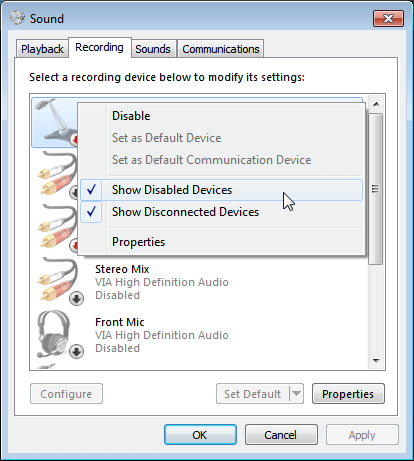

The music itself should have space – places between the notes where things breathe and dynamics develop. The mix should also be balanced between left and right channels.Īs with balance, this applies on many levels. A mix that’s too bottom heavy or too shrill will be unpleasant and exhausting to listen to. The mix should offer a good balance of frequencies. Sure, there’s nothing wrong with a “wall of sound” if that’s what you’re after, but even within those big, lush guitars, a great mix will be crisp and well-defined enough for the listener to pick out individual sounds. But most engineers will agree that a good mix should contain a few common characteristics:Įach sound in the mix should be clean and clear - no muddiness or blurring of the sounds or the stereo image, no excess noise or other anomalies.Įach instrument and part should be easily discernable. It’s probably safe to say that most modern recordings bear only a passing resemblance to the sound of a band playing live in front of the listener.Īs stated earlier, the definition of a good sounding mix is largely in the ears of the listener. In the studio, tracks tend to be recorded separately, in a relatively dry setting, enabling us to control their perceived ambience with the aid of technology.In actual practice, modern stereo mixing has less to do with replicating real world conditions than with creating a good sounding balance between the various musical elements in a recording. In a live performance, the acoustics of the venue itself play a prominent role in blending the sound sources and masking the localization of any particular instrument. Part of this is due to practical considerations. In a perfect world, a true stereo mix would create a sound that’s as close as possible to an organic, live performance.But in the real world, much of the process of creating a stereo mix is far from organic or natural.

For example, the brain localizes a sound by measuring the time and tonal differences between the sound arriving at one ear and the other. “True” stereo mixing involves creating a sonic picture that replicates what our two ears hear - and our brains decode - in the real world. Starlight Echo Station Starlight Echo StationĪstra Modulation Machine Astra Modulation MachineĤ-710d Four-Channel Tone-Blending Mic Preamp w/ Dynamics 4-710d Four-Channel Tone-Blending Mic Preamp w/ DynamicsĪbout Find a Dealer Downloads Blog Support Log InĪt its most basic, mixing in stereo means mixing for the human brain and physiology. Thunderbolt 2 Option Card Thunderbolt 2 Option Card


 0 kommentar(er)
0 kommentar(er)
